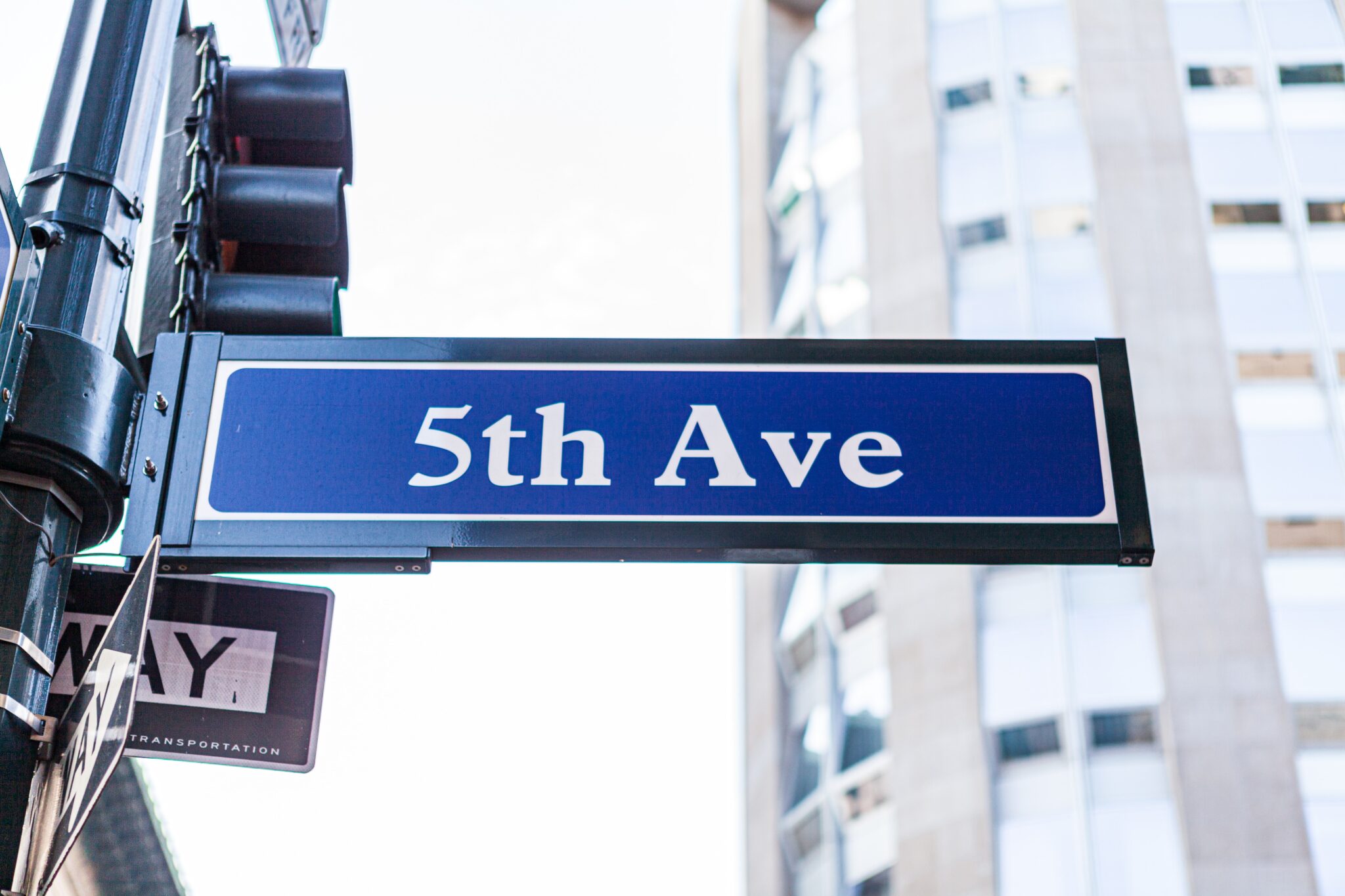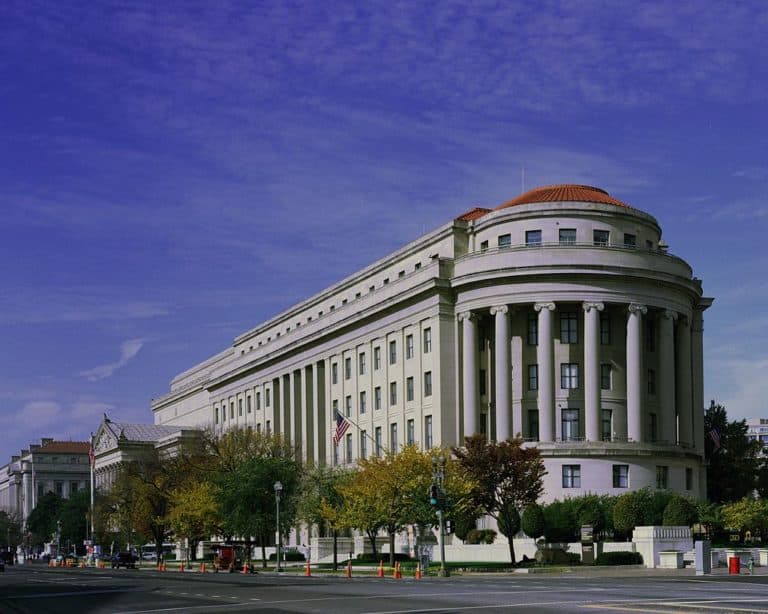
Dallas Estes is a student at Harvard Law School and a member of the Labor and Employment Lab.
“Saks is never going to let you go.”
Susan Giordano was hired to work as a Sales Associate at Saks Fifth Avenue, a high-end department store, in 2012. She later sought employment with Loro Piana, a luxury brand she had gained experience with during her time at Saks. Loro Piana told her she would be an asset to them, but that they couldn’t hire a Saks employee. They said, “Loro Piana is never going to take you, and Saks is never going to let you go.” In the years that followed, Giordano sent “dozens” of resumes to designer companies, but – as a recruitment agency would tell her – a Saks employee would “never get through the front door” with any brand carried by Saks.
In 2020, Giordano and other former Saks employees filed a class action complaint against Saks and five luxury brand companies whose products are sold at Saks: Louis Vuitton, Prada, Loro Piana, Gucci, and Brunello Cucinelli. They alleged that Saks and the brands had entered into no-hire agreements under which the latter would not hire current or former Saks employees unless six months had passed since their termination.
No-Hire Agreements
No-hire (or “no-poach”) agreements are agreements between employers not to hire or recruit one another’s employees. Like non-competes, no-hire agreements limit employee mobility, which can deter workers from leaving toxic workplaces, reduce competition in the labor market, and suppress employee wages – even for employees not subject to such agreements. But unlike non-competes, employees are not party to no-hire agreements – leaving many with no opportunity to know that accepting an offer of employment could limit their employment options down the road.
While non-competes have recently come into focus after the FTC issued a Notice of Proposed Rulemaking to outlaw non-competes under the FTC Act, legal challenges to no-hires have frequently been brought in the courts.
Giordano v. Saks – Eastern District of New York
The plaintiffs in Giordano v. Saks alleged that Saks and the luxury brand defendants were horizontal competitors in the market for luxury retail employees and that the no-hire agreements were per se unlawful under Section 1 of the Sherman Act. This argument has faced an uphill battle in similar cases brought by the DOJ. While the court in Giordano did not slam shut the door on such challenges, it narrowed plaintiffs’ ability to bring such challenges in two respects.
First, the court found that all but one of the named plaintiffs’ claims were barred by the Sherman Act’s four-year statute of limitations because they began working at Saks more than four years before they brought suit. Effectively, the court found that the plaintiffs’ causes of action accrued when they started work, and the “continuing violation” exception did not apply to preserve their claims. Under the “continuing violation” exception from Hanover Shoe, when an “overt act” is committed in furtherance of an antitrust conspiracy and that act injures the plaintiff, the statutory clock restarts. The former employees argued that Saks and the other defendants committed “overt acts” by enforcing the no-hire agreements and paying them reduced wages. But the district court found that, under U.S. Airways, the continuing violation exception did not apply. In U.S. Airways, the Second Circuit held that the “performance” of a contract is not an “overt act,” but merely “a manifestation of the prior overt act” of entering the contract. Applying that reasoning in Giordano, the court found that defendants’ enforcement of the no-hire agreements was not an overt act, but performance of a contract – and therefore, the “continuing violation” exception did not apply.
Second, the court found that the rule of reason applied. Sherman Act claims are reviewed under one of three standards: (1) the per se standard, which applies when conduct is so “plainly” anticompetitive that it is “presumed illegal”; (2) the “rule of reason” standard, which requires a fact-intensive balancing of competitive effects to determine whether a market restraint is reasonable; and (3) the intermediate, “quick look” standard, which is an abbreviated rule of reason analysis. The court seemed to acknowledge that no-hire agreements can be accorded per se treatment, but only if they are “naked,” rather than “ancillary,” restraints. Under the “ancillary restraints” doctrine, an agreement that might be per se unlawful in isolation can become subject to the rule of reason if it is “ancillary” to a legitimate and pro-competitive transaction. Because the no-hire agreements in Giordano accompanied a “collaborative business relationship[]” between Saks and the defendants, the court found that they were “ancillary” – reasoning that, without a no-hire agreement, Saks would be at “a continual risk” that luxury brand companies would “use their concessions in Saks stores to recruit employees.” The court then rejected the “quick look” standard, citing NCAA v. Alston, where the Court said that most restraints “are subject to the rule of reason” in the absence of “considerable experience” with the restraint at issue. Finding such experience absent with respect to no-hire agreements, the court found that the rule of reason applied.
The court then turned to the merits of the remaining plaintiff’s claim under the rule of reason. The rule of reason requires plaintiffs to define a relevant product and geographic market, and to demonstrate defendants’ market power and anticompetitive effects in that market. The court found that the Giordano plaintiffs sufficiently defined a nationwide market for luxury retail employees, but failed to provide sufficient evidence of defendants’ “adverse effect on competition as a whole in the relevant market” to survive a rule of reason analysis. The court thus dismissed the claim, with leave to amend the complaint to include additional factual allegations to survive a rule of reason analysis.
Second Circuit Appeal
Giordano is now on appeal at the Second Circuit. The Department of Justice and twenty-one state-level enforcers filed amicus briefs in favor of the former employees. Both argued that the district court misapplied the “ancillary restraints” doctrine, which should only apply if the challenged restraint is both “subordinate and collateral” and “reasonably necessary” to the transaction to which it is ancillary. The DOJ argued that the court went beyond the face of the complaint to find the no-hire agreements “ancillary” to the defendants’ business relationship, and that it failed to consider whether the agreements were “necessary.” Recently, the Seventh Circuit remanded a case involving no-hire clauses in franchise agreements, holding that the complaint did not contain sufficient facts to apply the ancillary restraints doctrine. The Second Circuit could do the same here.
The DOJ’s brief additionally argued that the court misapplied the “overt act” requirement, and that the plaintiff’s claims fall within the “continuing violation” exception to the Sherman Act’s statute of limitations. If the Second Circuit leaves this portion of the district court’s reasoning untouched, employees in that district could be time-barred from bringing Sherman Act claims four years after they begin working for an employer – even if they have no knowledge of a no-hire agreement and first seek work five years after they are hired.
How the Second Circuit resolves these questions will influence when and whether employees can bring Sherman Act claims against employers for no-hire agreements in that circuit moving forward.







Daily News & Commentary
Start your day with our roundup of the latest labor developments. See all
July 11
Regional director orders election without Board quorum; 9th Circuit pauses injunction on Executive Order; Driverless car legislation in Massachusetts
July 10
Wisconsin Supreme Court holds UW Health nurses are not covered by Wisconsin’s Labor Peace Act; a district judge denies the request to stay an injunction pending appeal; the NFLPA appeals an arbitration decision.
July 9
the Supreme Court allows Trump to proceed with mass firings; Secretary of Agriculture suggests Medicaid recipients replace deported migrant farmworkers; DHS ends TPS for Nicaragua and Honduras
July 8
In today’s news and commentary, Apple wins at the Fifth Circuit against the NLRB, Florida enacts a noncompete-friendly law, and complications with the No Tax on Tips in the Big Beautiful Bill. Apple won an appeal overturning a National Labor Relations Board (NLRB) decision that the company violated labor law by coercively questioning an employee […]
July 7
LA economy deals with fallout from ICE raids; a new appeal challenges the NCAA antitrust settlement; and the EPA places dissenting employees on leave.
July 6
Municipal workers in Philadelphia continue to strike; Zohran Mamdani collects union endorsements; UFCW grocery workers in California and Colorado reach tentative agreements.